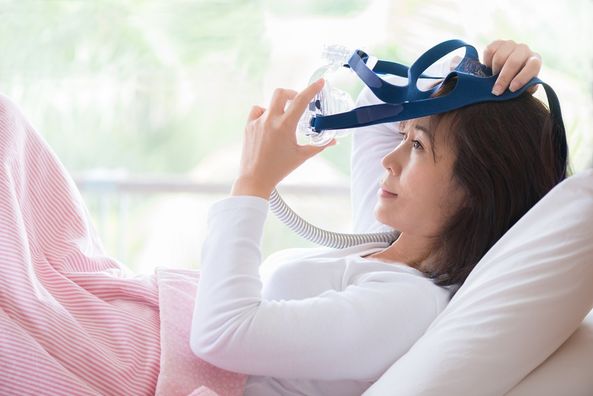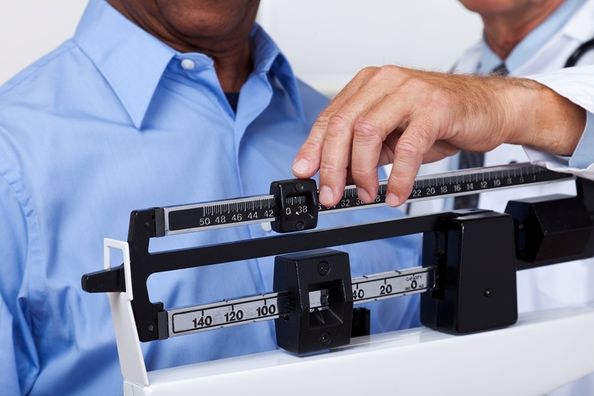Obstructive sleep apnea (OSA) is a serious disorder in which breathing repeatedly stops and starts while you sleep. With OSA, the muscles in your upper airway relax while you’re sleeping which causes your airways to become blocked. As a result, your breathing may pause for 10 seconds or longer until your reflexes wake you and initiate your breathing to restart. This process continues multiple times throughout the night.
The prevalence of OSA increases with age and may affect 38% to 68% of people older than 60 years old[1]. You are at greater risk for development of this condition if you are male, have a large neck circumference, a high body mass index (BMI), larger tonsils or are a smoker.
Symptoms of OSA include:
- Dry mouth
- Extreme fatigue
- Gasping for breath while sleeping
- Irritability
- Loud snoring
- Morning headaches
Your doctor may make an evaluation based on your symptoms and sleep history. Diagnosis of OSA usually involves participating in a sleep study. This evaluation observes your breathing and other body functions during sleep.
Due to the repetitive interruption in sleep and drop in oxygen levels, untreated obstructive sleep apnea can cause serious health problems including:
- Fatigue
- High blood pressure
- Heart disease
- Liver problems
- Stroke
- Type 2 diabetes
Treatment for Obstructive Sleep Apnea
Since OSA can lead to such serious health issues, it’s important to get this condition treated. Historically, if you had moderate to severe sleep apnea, a continuous positive airway pressure (CPAP) machine may have been recommended as the top choice for treatment. This machine delivers air pressure through a facial mask to keep your air passages open while you sleep.
Although CPAP is the most common method of treating sleep apnea, some people may find it uncomfortable to sleep with a mask over the face each night. Duly Health and Care now offers the Inspire treatment as an alternative treatment option for patients where CPAP treatment has been unsuccessful.
The Inspire treatment is an FDA approved treatment for obstructive sleep apnea. Inspire therapy continuously monitors your breathing during sleep and based on your unique breathing patterns, delivers mild stimulation to keep airway muscles open. The device will stimulate the hypoglossal nerve to thrust the tongue forward during sleep.
For those struggling with management of OSA with a CPAP machine, this eliminates the need for a CPAP machine. The Inspire device is surgically implanted by your Otolaryngologist in your chest during outpatient surgery. The implantation is done under general anesthesia using three small incisions under the chin, below the collar bone and along the side of the chest. Most patients take over-the-counter pain medication and resume non-strenuous activities within a few days.
About one-month post-op, your pulmonologist will activate the device. Once the device is activated simply click the Inspire remote to turn the system on when you’re ready for bed. While you sleep, Inspire will open your airway via stimulation, so you can breathe normally and sleep peacefully. A repeated sleep study will be performed two to three months post-op to ensure the device is functioning correctly. After implantation, Inspire will be continuously regulated by your pulmonologist.
If you have been diagnosed with sleep apnea and need to discuss next steps, schedule an appointment with a Pulmonologist to determine the appropriate treatment. If you have been diagnosed with sleep apnea, are receiving treatment from a CPAP machine, but are having difficulty managing the device, schedule an appointment with an Otolaryngologist to see if Inspire treatment is the right alternative for you.
[1] Preventing Chronic Disease | Clinical Characteristics, Comorbidities, and Response to Treatment of Veterans With Obstructive Sleep Apnea, Cincinnati Veterans Affairs Medical Center, 2005 – 2007 — CDC
Health Topics:








